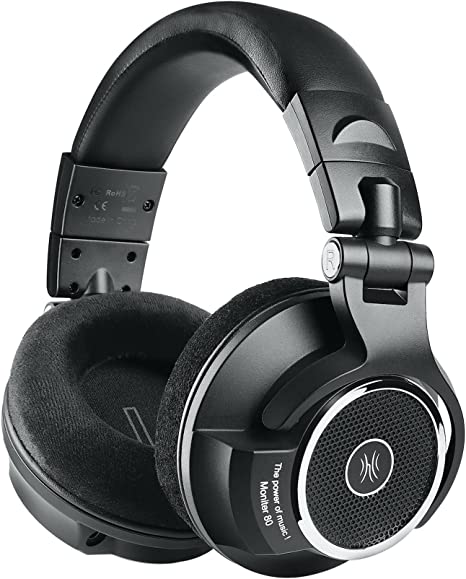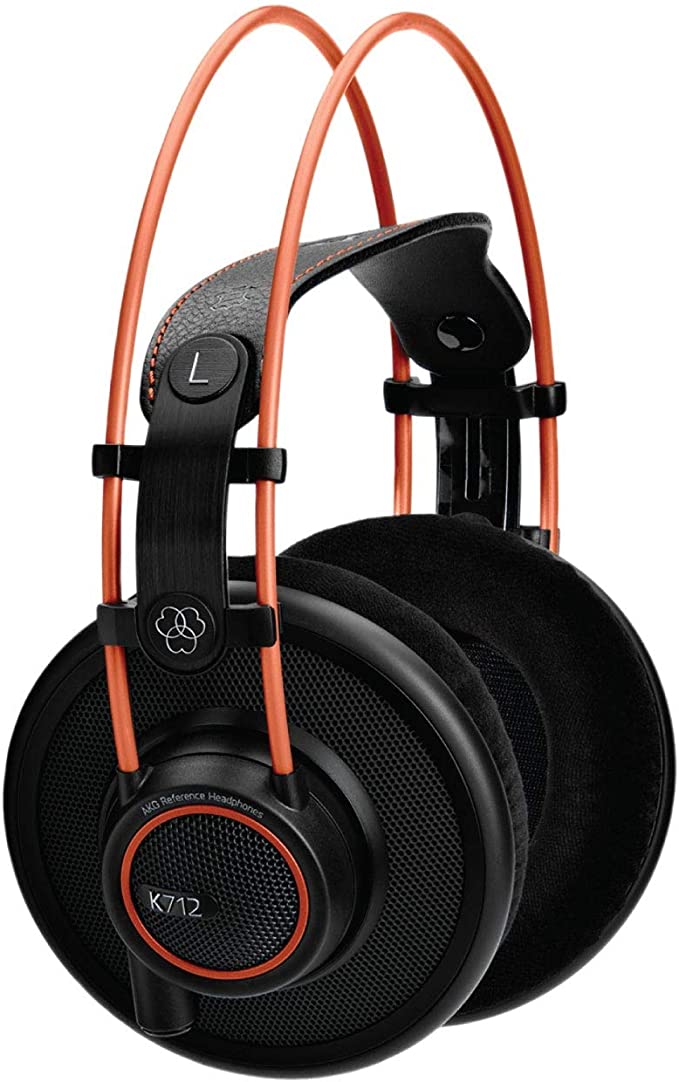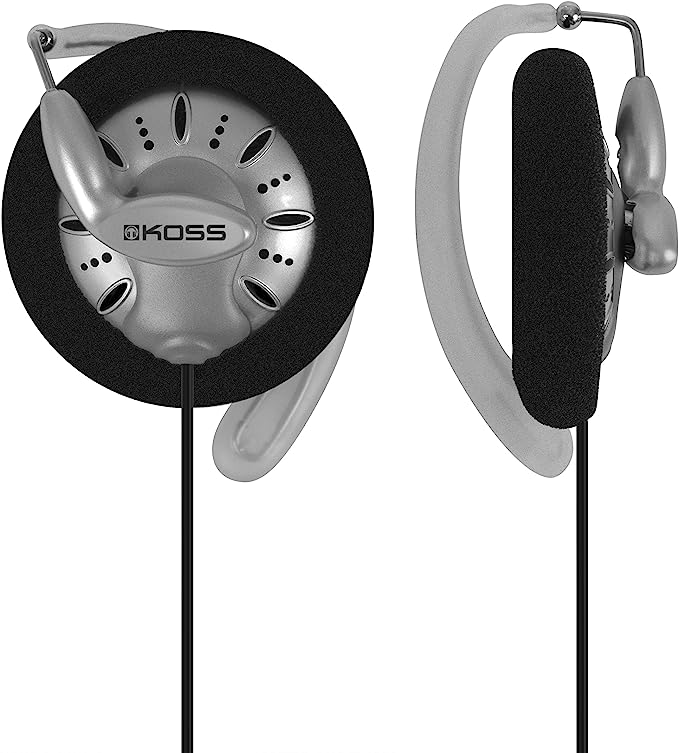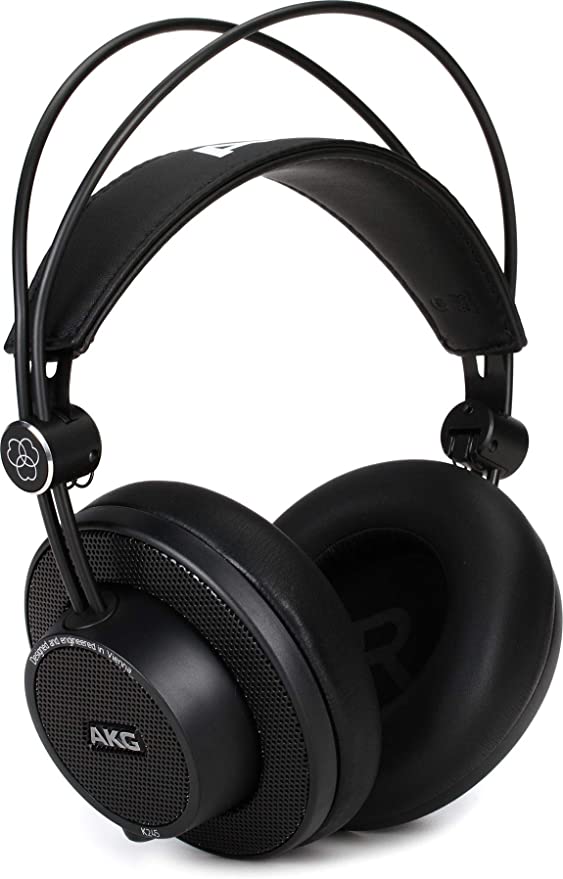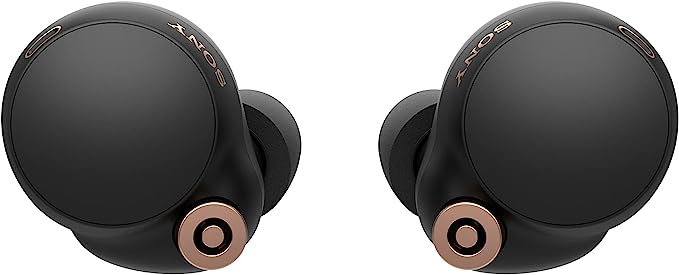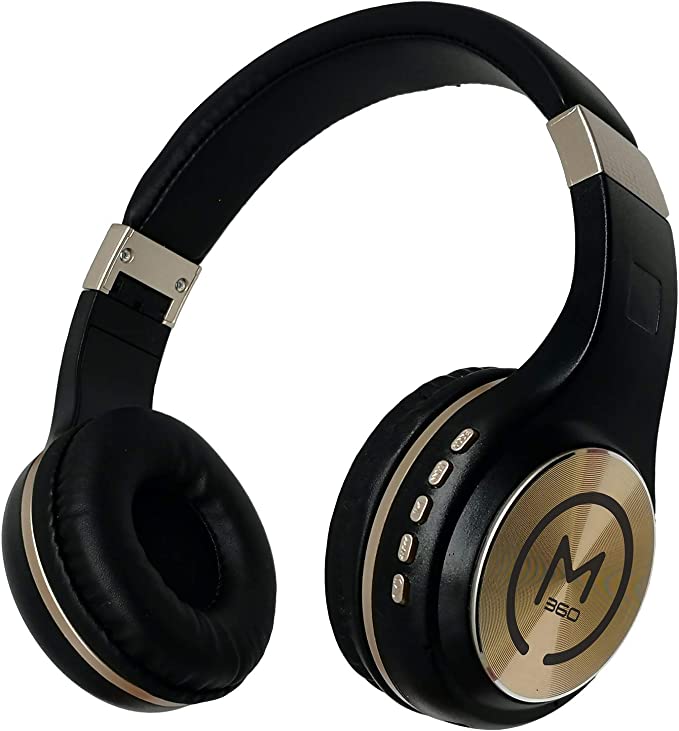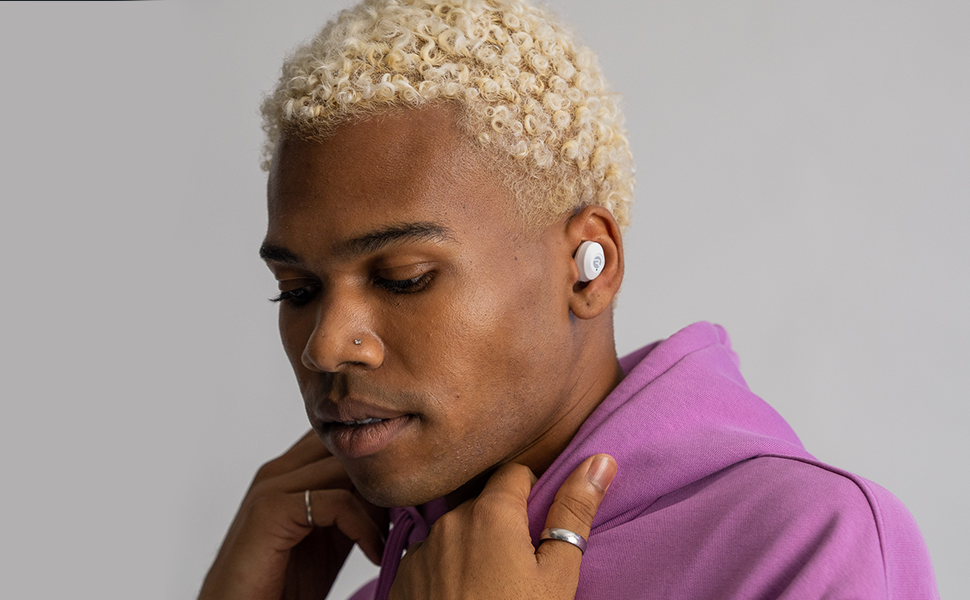The $29 "Forever" Headphone: Deconstructing the Koss P21's Retro Engineering
Update on Nov. 14, 2025, 8:19 a.m.
We live in an age of disposable “pro” tech—sleek, wireless, plastic pods that are sealed shut, impossible to repair, and destined for a landfill in three years. In this environment, the Koss x Retrospekt P21 is a radical engineering statement. It’s a $29 wired headphone with retro orange foam pads that looks like a relic from 1980.
And yet, it is a masterclass in a forgotten design philosophy: building things to last.
While it may be tempting to buy this headphone for its “throwback look,” its true value isn’t in its aesthetics. It’s in its robust, “First-Principle” engineering. As one user (Mo Ip) noted in a stunning review, “These headphones have the very BEST band I have ever seen… likely to last FOREVER.”
How can a $29 headphone earn such praise? By focusing its budget not on complex electronics, but on a “forever” chassis.
1. The Engineering: “The Very Best Band”
The P21’s headband is described as an “ultra lightweight stainless steel design.” This is not a “style” choice; it’s an engineering choice. * The Physics: Unlike the brittle plastic headbands of its competitors (which will inevitably crack), stainless steel has a high degree of flexibility and tensile strength. It can be bent, twisted, and adjusted thousands of times without fatiguing or breaking. * The Result: This is the “buy it for life” component. The P21 is engineered to withstand being shoved in a backpack, sat on, or dropped. The “adjustable headband” is not a complex ratchet system; it’s just two metal arms sliding in a clip, a design with almost no moving parts to fail.
This minimalist, material-first approach is the antithesis of modern, glued-shut electronics.

2. The Acoustic Philosophy: Open-Air and Easy-to-Drive
The P21’s design choices are a lesson in purposeful trade-offs. It is an on-ear, open-back headphone.
- Open-Back Design: This means the back of the earcups are perforated, allowing air and sound to move freely. This is not noise cancellation. In fact, it’s the opposite:
- You can hear the world around you. This is a feature, not a bug, making them ideal for office or home use where you need to stay aware.
- It creates an “expansive listening experience.” By preventing sound from reflecting and building up pressure inside the earcup, it creates a wide, “airy” soundstage that is physically impossible for sealed-in earbuds to replicate.
- On-Ear Foam: The retro foam pads are porous, further contributing to the open sound. However, this design cannot create a seal for deep, thumping bass. This is why users note, “if you want a little more bass… I highly recommend the KPH-40.” The P21 is tuned for clarity and soundstage, not for bass-heads.
3. The “Universal” Engineering (32 Ohms / 104 dB)
The P21 is wired for a reason. Its electrical specifications are a work of “universal” genius: * Impedance: 32 Ohms (Very Low) * Sensitivity: 104 dB SPL (Very High)
This combination means the P21 is incredibly efficient and requires almost no power to drive. This is why one user (Amazon_Customer) could report “Perfect sound for my Gameboy Color.” It is engineered to be plugged into anything, no matter how weak the amplifier, and still sound full and loud. This includes laptops, handheld game consoles, and the last generation of smartphones that still had a 3.5mm jack.

4. The “Modding” Secret: A Platform, Not a Product
Here is the ultimate blue-ocean insight into the Koss ecosystem, revealed by user comments: the P21 is a “moddable” platform.
A user (“Cool Headband”) explicitly states, “Sound quality… is not as good as other headphones Koss produced. However, if you own other… drivers from Koss like the Porta Pros this makes for a great headband.”
This is the key. The P21, Porta Pro, and KPH-40 are all part of an interchangeable system. Enthusiasts regularly “snap off” the drivers from the P21 and “snap on” the drivers from the legendary Porta Pro.
You are not just buying a $29 headphone. You are buying a $29 upgrade chassis for one of the most beloved audio drivers ever made. The P21’s value is not its sound, but its “forever” headband, which is revered by the “modding” community for its durability and comfort.
Conclusion: An Antidote to Disposable Tech
The Koss x Retrospekt P21 is a masterclass in engineering priorities. In an industry obsessed with disposable, sealed-in wireless pods, Koss has delivered a $29 product that is wired, open, and built with a stainless steel frame that “may last forever.”
It is a “platform,” not a sealed product. It invites you to be curious, to repair, and even to “mod” it. While its out-of-the-box sound is a clear compromise (tuned for clarity, not bass), its physical construction is anything but. It is a true “retro” product, not just in its orange foam aesthetic, but in its philosophy of building things to last.

